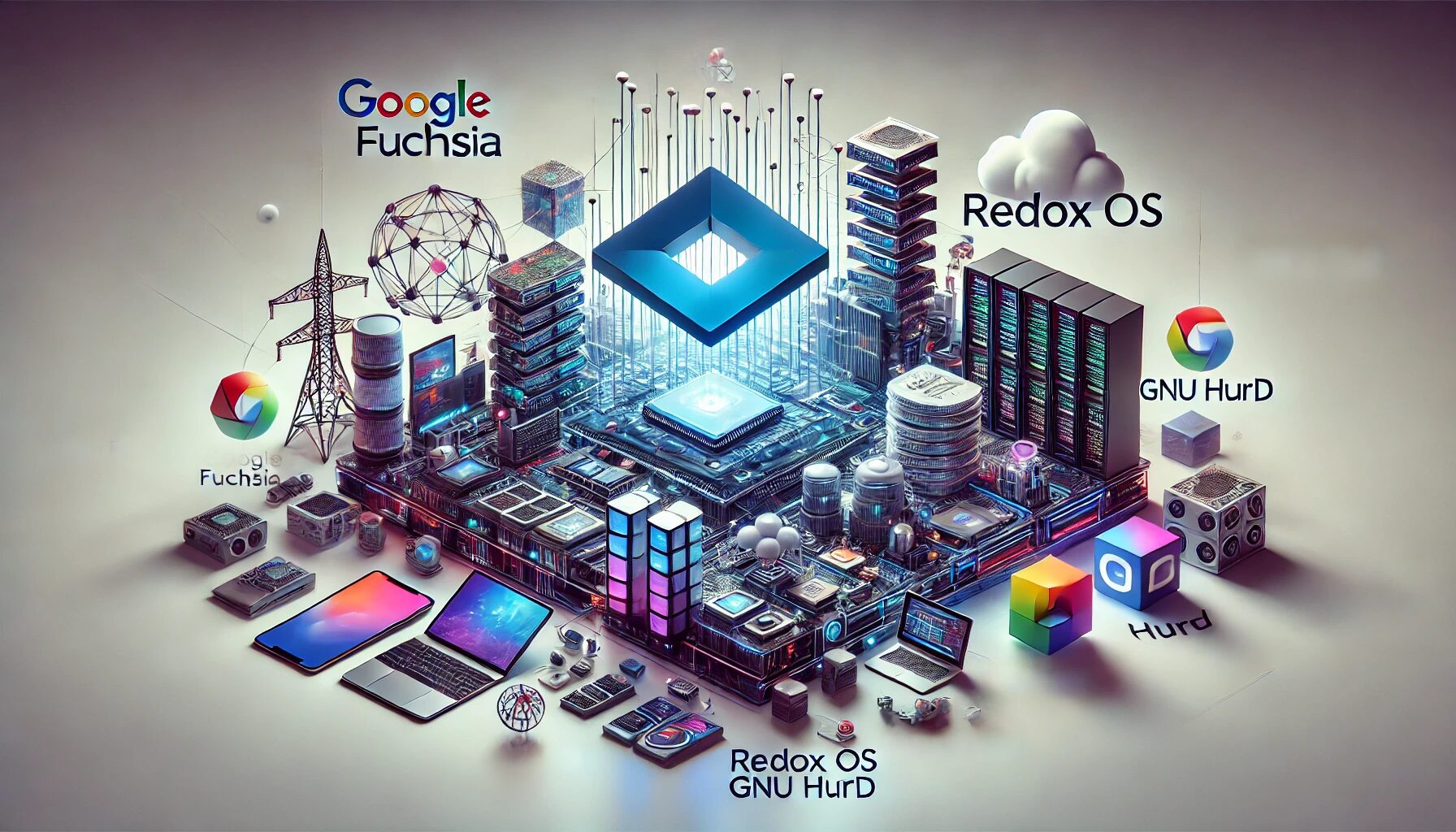Is it Time for a New Workhorse Operating System?
Since the late 1960s, UNIX and its derivatives, particularly Linux, have dominated the operating system landscape, with POSIX serving as the gold standard for compatibility and reliability. But as technology evolves, so too must our foundational systems. Is it time to challenge the status quo and develop a new workhorse operating system that can meet the demands of the future? Let’s explore existing projects aiming to redefine the OS paradigm and speculate on a future where operating systems are more secure, efficient, and highly portable.
The Complacency of Current Systems
UNIX and Linux have proven themselves as robust and flexible, with decades of development and a vast ecosystem supporting them. However, their very success may be breeding complacency. The reliance on these established systems might be stifling innovation and leaving us vulnerable to emerging threats and inefficiencies. The question we must ask ourselves is: Are we settling for “good enough” when we could be striving for greatness?
Emerging Contenders: Projects Aiming to Redefine the OS
Google Fuchsia: The Microkernel Revolution
Google Fuchsia is an ambitious project that aims to break away from the monolithic kernel architecture of Linux. Instead, it uses a microkernel called Zircon, which offers several theoretical advantages:
- Enhanced Security: By running only essential services in the kernel space, the attack surface is significantly reduced, potentially offering a more secure system.
- Modularity: Fuchsia’s component-based design allows for more flexible and modular software development, which could lead to faster innovation cycles.
- IoT and Beyond: Designed to run efficiently on a wide range of devices, from smartphones to IoT gadgets, Fuchsia could be the versatile OS we need in an increasingly connected world.
Despite its promise, Fuchsia is still in the experimental stage. Its ecosystem is not yet as mature as Linux’s, but its potential cannot be ignored.
Redox OS: Safety and Performance in Rust
Redox OS is another intriguing contender, written entirely in the Rust programming language. Rust’s emphasis on memory safety without a garbage collector makes Redox inherently more secure against common vulnerabilities like buffer overflows.
- Microkernel Architecture: Similar to Fuchsia, Redox utilizes a microkernel, focusing on security and reliability.
- Modern Language: Leveraging Rust’s modern programming practices could lead to a more secure and efficient operating system.
- Early Stages: While Redox is still in its infancy, the growing interest in Rust could drive its adoption and development.
GNU Hurd: The Free Software Pioneer
GNU Hurd, part of the GNU project, is built on a multiserver microkernel architecture. It emphasizes modularity and security while aligning with the Free Software Foundation’s philosophy of software freedom.
- Security and Modularity: Hurd’s design theoretically offers enhanced security and flexibility compared to monolithic kernels.
- Challenges: Hurd has historically faced performance and stability issues, limiting its adoption.
Proposed New Paradigms: Rethinking the Operating System
Capability-based Security
This paradigm focuses on defining clear capabilities (permissions) for each program, limiting what each part of the system can do. This fine-grained access control could significantly enhance security by preventing compromised applications from causing widespread damage.
Microservices-oriented OS
Designing the operating system around microservices principles means that each service is a small, independent process. This approach offers several benefits:
- Scalability: Easier to scale parts of the system independently, allowing for more efficient resource utilization.
- Resilience: Isolated services can improve overall system stability, as failures in one service do not necessarily impact others.
Cloud-native OS
An operating system designed specifically for cloud environments could optimize distributed systems, containerization, and orchestration. Such a system would be:
- Efficient: Optimized for running in cloud infrastructure, reducing overhead.
- Scalable and Flexible: Designed to leverage cloud-native technologies like Kubernetes, making it ideal for modern application deployment.
Speculating on the Future: Secure, Efficient, and Portable OS
Imagine a future where operating systems are inherently secure, efficient, and highly portable. These systems would:
- Embrace Security by Design: Utilizing microkernel architectures and modern programming languages like Rust to minimize vulnerabilities.
- Optimize for Modern Hardware and Use Cases: Designed to run seamlessly across diverse devices, from powerful servers to tiny IoT gadgets.
- Facilitate Rapid Innovation: Modular and component-based designs allowing for faster development cycles and easier integration of new technologies.
- Champion Portability and Flexibility: Enabling applications to run effortlessly across different environments, from on-premises data centers to cloud platforms.
Conclusion: The Call for Innovation
The dominance of UNIX and Linux is undeniable, but it is time to challenge our reliance on these systems and explore new possibilities. Emerging projects like Google Fuchsia, Redox OS, and GNU Hurd offer exciting glimpses into a future where operating systems are more secure, efficient, and adaptable. By embracing new paradigms and pushing the boundaries of what is possible, we can create the next generation of workhorse operating systems that will drive innovation and meet the demands of our increasingly complex digital world.
It’s time to move beyond complacency and strive for an operating system that is not just good enough but truly exceptional. The future is calling, and it’s time we answer with boldness and vision.


